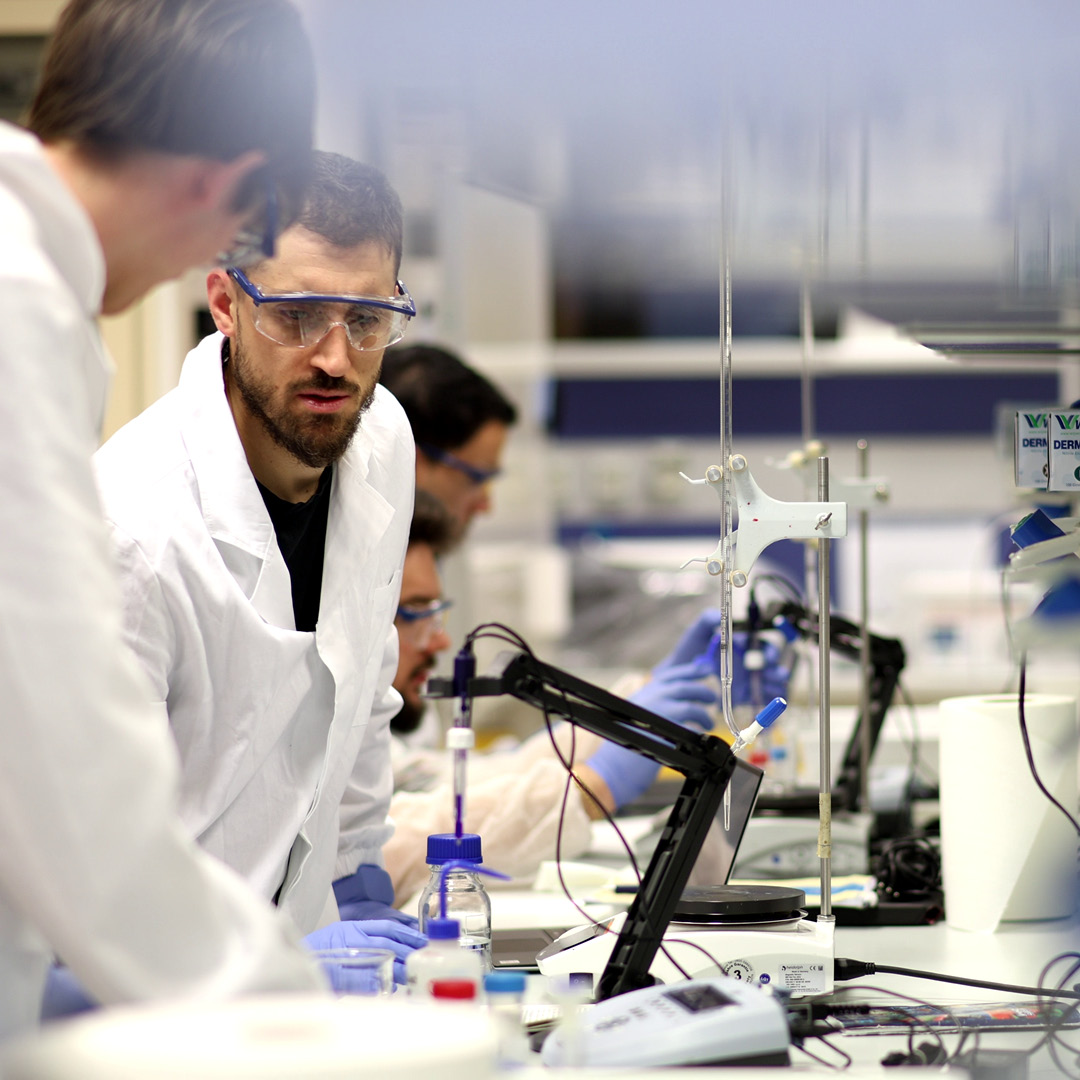
From interstellar clouds to planets: chemistry at the dawn of star and planet formation

Abstract
The gas that makes up the interstellar medium is inherited from old stars and, at the same time, fuels the formation of new stars and, eventually, new planets. Understanding the chemistry in the processes of star and planet formation is a crucial step in unravelling not only the chemical processes, but also the physical ones that drive these phenomena. Stars form in dense cloud cores that can be studied through the emission of dust and cold molecules. Pre-stellar cores have a relatively high density of dust, which effectively blocks ambient radiation in the optical and ultraviolet regions of the electromagnetic spectrum. Thanks to this shielding, molecules can survive and molecular complexity can develop. The molecular emission in these dense cores allows us to observe the process of star formation and to study the chemical evolution from clouds to stars and planets. Given the interconnection between the chemistry and physics of dense cores, the identification of molecules can be used to study both the dynamics of the star formation process and the chemical budget that will eventually be inherited by forming planets. In my talk, I will provide a general introduction to astrochemistry through its three pillars: laboratory spectroscopy, astronomical observations and theoretical models.